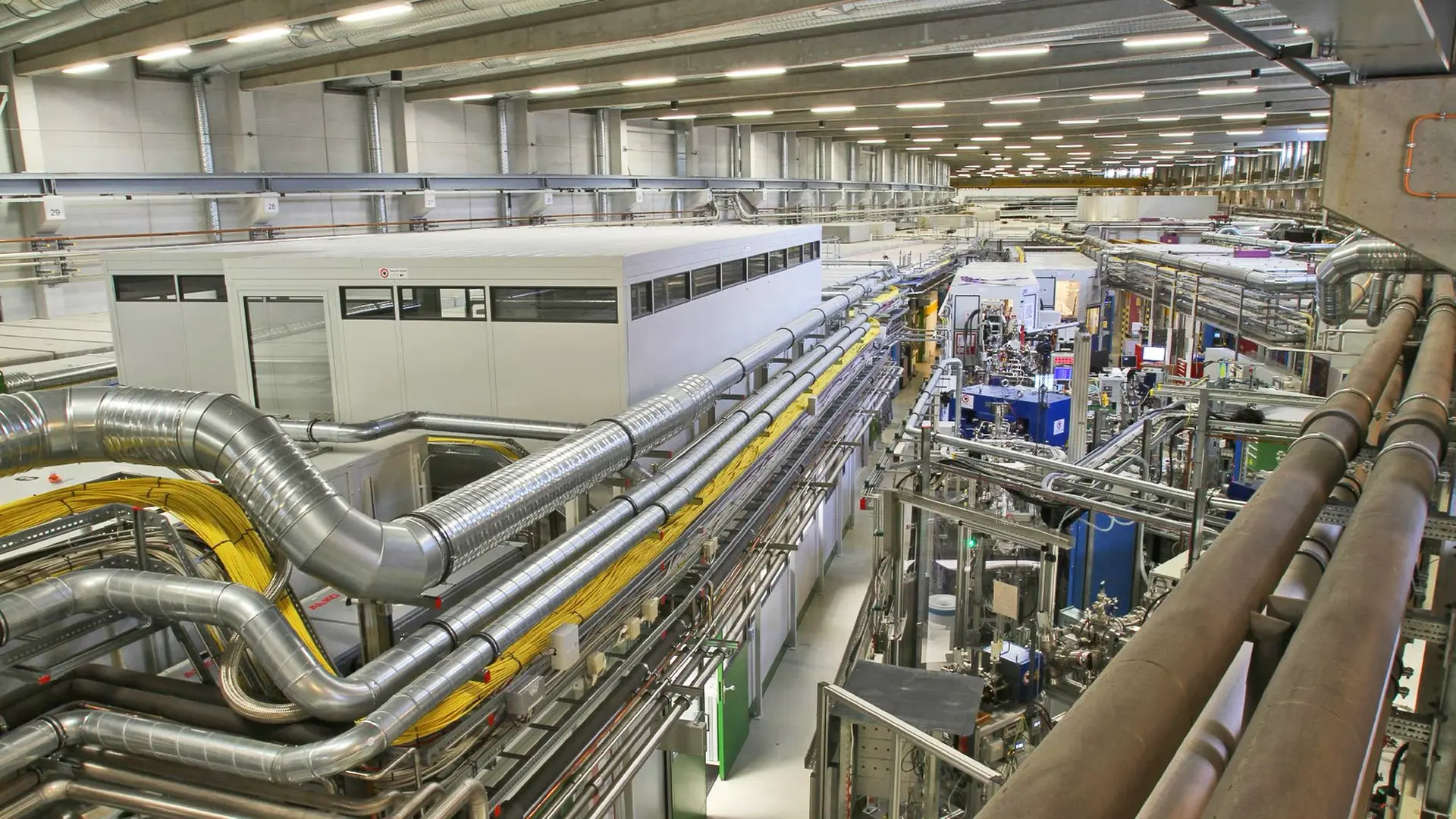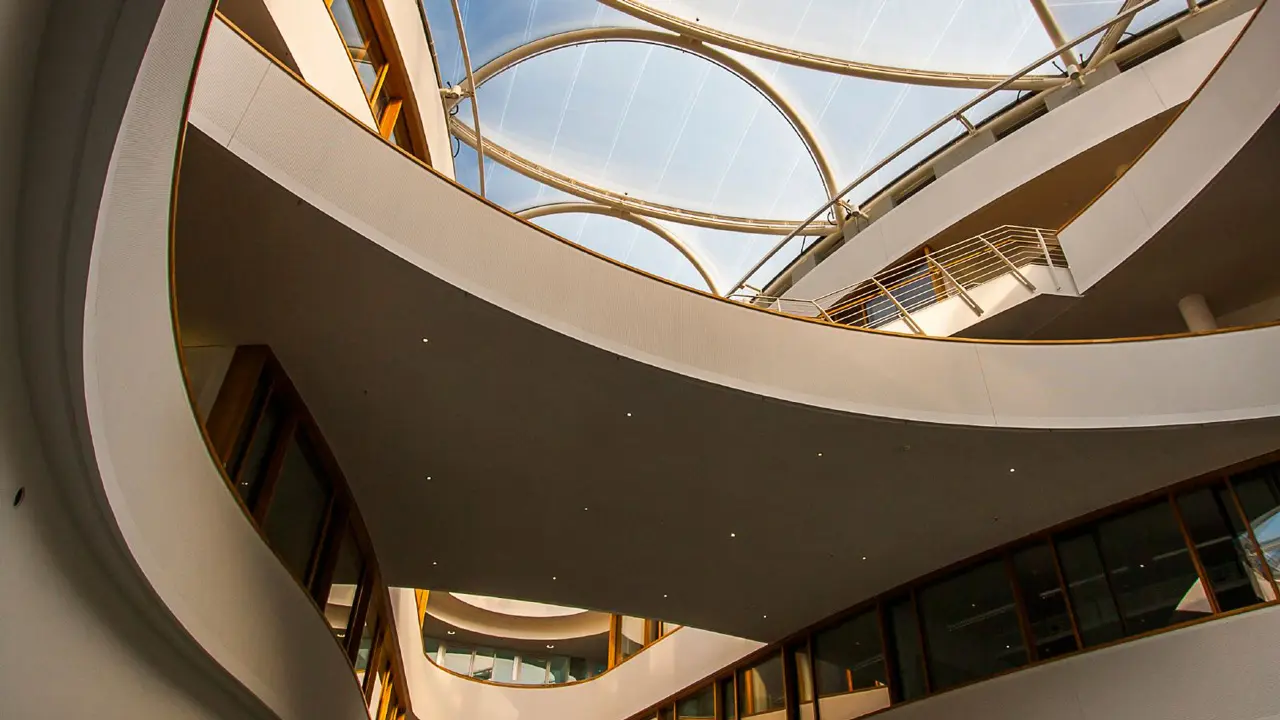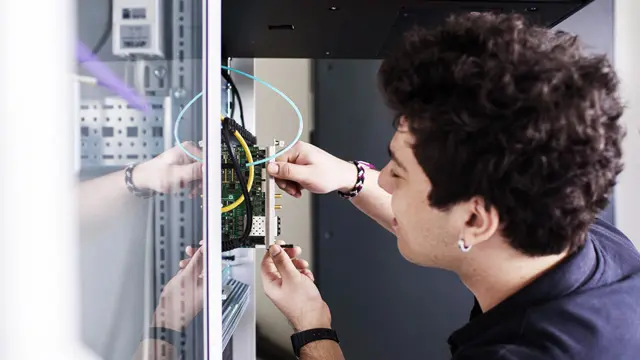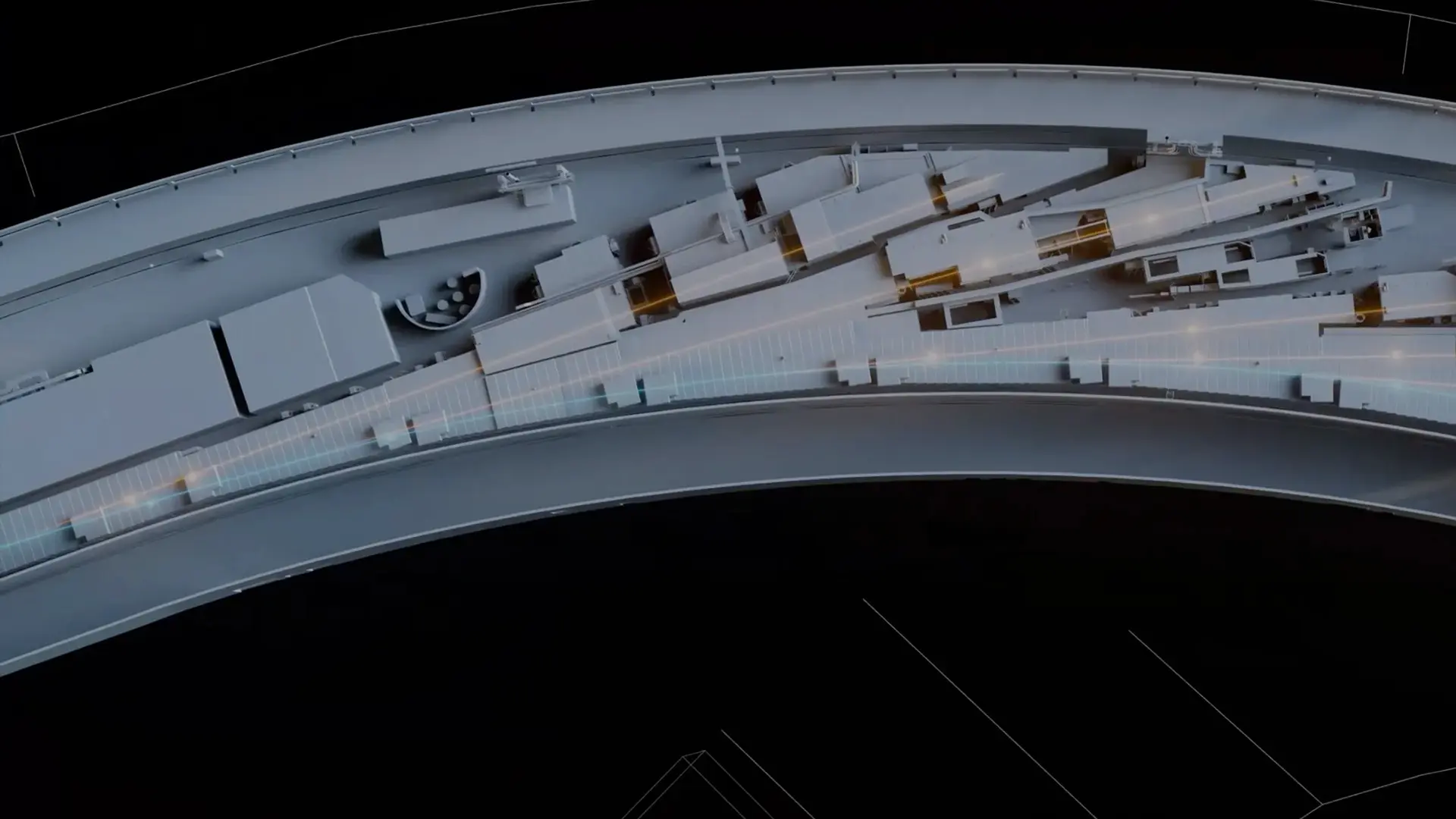
Photon science
Conventional X-ray tubes, such as those used in hospitals and doctors’ surgeries, are generally not suitable for today’s scientific applications. For their experiments, the researchers need bespoke radiation from special light sources. Particle accelerators generate extremely powerful and focused X-rays.
When doctors take an X-ray, they generate an image of the interior of the patient’s body, allowing them to determine, for example, whether a bone has been broken as a result of an accident. Scientists too benefit from the penetrating capability of X-rays. By shining X-rays at their samples, researchers from various disciplines can uncover the atomic structure of a wide variety of materials and explore the dynamics of ultrafast processes in the nanocosmos. For this “photon science”, i.e. research with light (particles), DESY provides some of the best light sources in the world.
Scientific information about the Photon Science Division
Here, you will find the web pages of DESY’s Photon Science Division.
Their beams are so intense that they can reveal even the finest details: minute structural changes in batteries after numerous charging processes, tiny changes in solar cells during operation, or the position of individual atoms in a protein molecule to better combat pathogens. Moreover, when the researchers examine their samples with extremely short flashes of light or X-rays from lasers, they can observe ultrafast processes, such as the course of chemical reactions.
Worldwide unique light sources
DESY operates some of the best light sources worldwide in Hamburg: The PETRA III storage ring generates brilliant X-rays for a broad variety of experiments; the FLASH free-electron laser produces ultrashort laser pulses in the soft X-ray range; and the European XFEL X-ray laser is a true super microscope. For complementary measurements, precisely tailored laser systems are also being developed.
Together with various special laboratories, these facilities make DESY one of the world’s leading centres for research into the structure, dynamics and function of matter using X-rays. With the planned expansion of PETRA III into PETRA IV, the most powerful and best storage-ring-based X-ray source worldwide, and the upgrade of FLASH as part of the FLASH2020+ project, DESY will secure this top position also in the future.
Strong cooperation partner
Top-level research is scarcely possible today without networking and cooperation among various institutes, countries and scientific disciplines. DESY too operates within strong networks. Each year, its unique facilities for photon science draw more than 3000 guest scientists from over 40 countries to Hamburg. More and more institutions are establishing outstations on the campus to use the DESY facilities and cooperate closely with DESY.
Broad research spectrum
The experiments at the light sources at DESY range from basic to application-oriented research by science and industry in the fields of physics, chemistry, biology, medicine, life sciences, geosciences, materials science and the study of cultural assets. Researchers from very different disciplines often work together to gain new insights or develop new methods.
From studies of catalytic processes and environmentally friendly materials…
Physicists use the X-rays produced by the DESY light sources to identify the types of atoms that make up a nanomaterial or semiconductor and determine how the atoms are arranged. Chemical reactions can be followed and analysed in real time to investigate what exactly happens during catalysis, for example. In this way, scientists can for instance find out how hydrogen can be produced sustainably – a process of enormous economic importance.
In materials science, the studies at DESY help to improve solar cells, investigate fatigue phenomena in batteries, devise energy-saving machining processes for workpieces for the cars and aircraft of the future, develop more efficient materials for energy or data storage, or produce environmentally friendly materials from renewable raw substances. In the geosciences, researchers can investigate minerals under conditions similar to those in the Earth’s interior and understand altered quartz structures caused by asteroid impacts on Earth. Cultural treasures, such as archaeological finds, ancient writings and paintings, can also be studied in detail using the DESY light sources.
... to insights into pathogens and active medical ingredients
In the life sciences and biology, researchers can study metabolic processes, such as photosynthesis or the uptake of pollutants in plants, create 3D maps of nerve cells in the brain or decipher the structure and functional mechanisms of pathogens, proteins and other biomolecules. In this way, they make essential contributions to understanding relevant biological processes as well as to combating diseases and developing new drugs – indispensable for medicine.
In 2009, the Israeli biochemist Ada Yonath received the Nobel Prize in Chemistry for the structural elucidation of the ribosome, the protein factory of cells, for which she had conducted important experiments at the time at the DORIS light source at DESY. Since shortly after the start of the Covid-19 pandemic in 2020, PETRA III has been used for experiments to understand infection by the SARS-CoV-2 virus at the molecular level, and further measurements have contributed to vaccine development.
Research infrastructure
DESY operates one of the brightest storage ring X-ray radiation sources in the world.
- More about PETRA III
DESY is developing the world’s best storage ring X-ray light source.
- More about PETRA IV
The free-electron laser generates ultrashort-pulse laser light in the soft X-ray range.
- More about FLASH
The upgrade project makes the FLASH free-electron laser even more flexible and powerful.
- More about FLASH2020+
DESY is the main shareholder and operates the accelerator of Europe’s big X-ray laser.
- DESY’s contribution to European XFEL
- More about European XFEL
The Interdisciplinary Data and Analysis Facility offers extensive computing capacities for research at DESY: the Maxwell High-Performance Computing (HPC) Cluster, in particular for photon science and accelerator development, the DESY Grid infrastructure with a Tier-2 centre for particle and astroparticle physics as well as the National Analysis Facility (NAF) for particle physics.
- More about IDAF
- Specialised information on IDAF
- Specialised information on Maxwell HPC Cluster
- Specialised information on DESY Grid
- Specialised information on NAF
Institutes & cooperation partners
DESY is working on the realisation of the interdisciplinary Centre for Molecular Water Science.
- More about CMWS
The European Molecular Biology Laboratory maintains an outstation for structural biology at DESY.
- More about the cooperation of DESY and EMBL
- More about EMBL Hamburg
The Helmholtz-Zentrum Hereon maintains an outstation for materials research at DESY focusing on climate, coastal and technology issues.
- More about the cooperation of DESY and Hereon
- More about Hereon at DESY
The Max Planck Institute for the Structure and Dynamics of Matter studies the dynamic phenomena that occur in matter on the timescales of atomic and electronic motion.
- More about the cooperation of DESY and MPSD
- More about MPSD
The research campus in Science City Hamburg Bahrenfeld is home to several institutes of the University that work closely with DESY.
- More about the cooperation of DESY and the University of Hamburg
- More about the University of Hamburg
In addition, the following Clusters of Excellence make use of DESY’s research infrastructures:
DESY’s four research areas
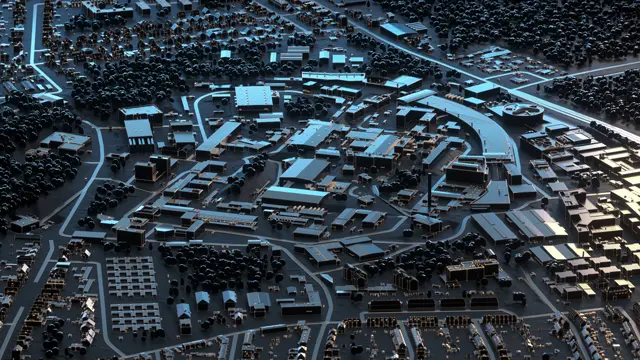
PETRA IV: A discovery machine for uncharted scientific territory
Thanks to PETRA IV's ultrabright X-ray light, researchers will be able to investigate natural phenomena and technical processes in new dimensions.
Learn more about PETRA IV

